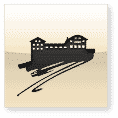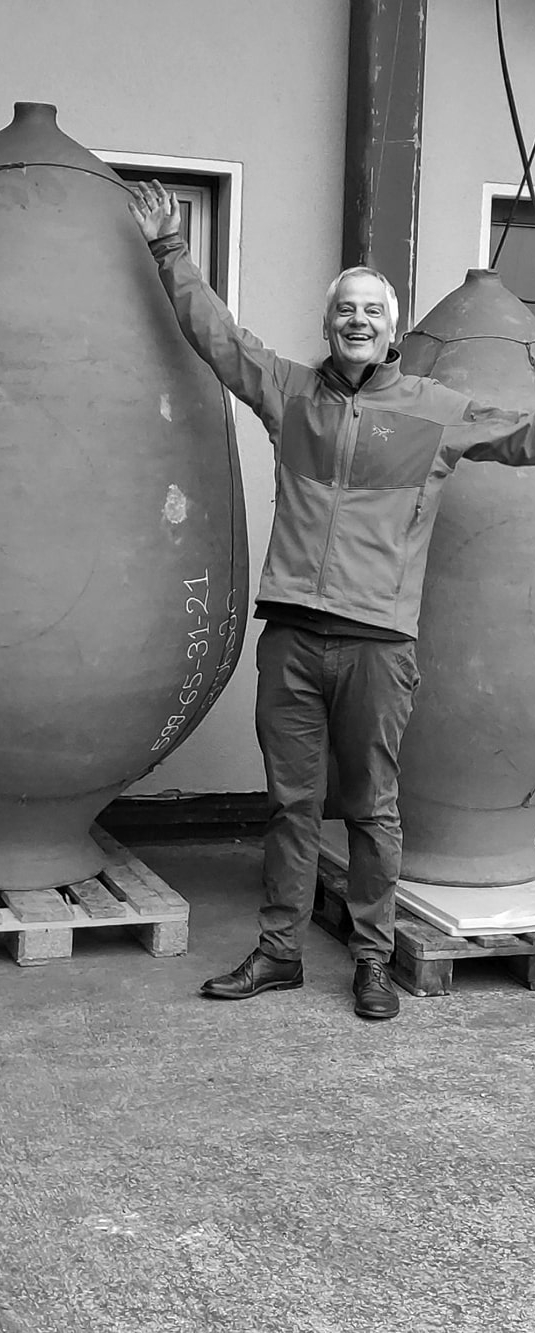Cornalin: Moody diva with star airs.
I prefer to go to Zermatt for skiing vacations. The famous place with the even more famous Matterhorn offers varied slopes – and beautiful ski huts with excellent gastronomy. A nice glass of wine is served with the meal or aperitif, of course from the Valais. So much patriotism must be!
No one has to go thirsty, because Switzerland’s largest growing region offers a wide range of stylistically different plants from a variety of well-known varieties and exotic representatives. Always on my menu is Cornalin, the oldest grape variety in Valais. It is said to have been native there already in the 14th century, but under the name of Rouge du Pays. The historical name lasted until the seventies of the 20th century, but was then deliberately renamed Cornalin. Probably because it had a good sound and, above all, was already known as a variety in the neighboring Aosta Valley. However, the two varieties have nothing to do with each other, especially since the “Italian” Cornalin is called Humagne rouge in Valais. Quite confusing!
The veteran from Valais has established itself today, although it was almost on the verge of extinction in the middle of the 20th century. For understandable reasons: Cornalin is capricious in production, ripens late and gives irregular yields. Many winemakers preferred to play it safe and turned to more attractive grape varieties that offered a certain degree of security and also better met the broad consumer taste. Persistence, patience and probably a portion of Valais stubbornness were the reason that the red diva is fortunately still to be enjoyed today.
Cornalin is capable of long aging without any problems. But there is also the other side of the variety. If the weather does not cooperate and the variety is planted in less suitable vineyards, the wine can turn out rather rustic, not very harmonious and too acidic. However, if all the parameters are right, the red mimosa produces exciting, charismatic wines. They are characterized by fruity black cherry aromas, spicy clove notes, power, dense silky tannins, structure and complexity. After a certain period of aging, the wine becomes more distinguished, more refined and is an ideal accompaniment to meat and game dishes.
Whether Cornalin or Rouge de Pays, a natural cross between Petit rouge and Mayolet from the Aosta Valley, should be aged in barrique or not, is a question of style and taste. In part, the small wooden barrel is used deliberately, with only a small amount of new wood. Too much new barrels would make fruit and finesse disappear. Other producers deliberately rely on aging in steel tanks to emphasize the fruit character of the wine. These include the house of Albert Mathier & Sons, which produces an aromatically complex Cornalin with elegant fruit notes, power, elegance and good length. The fiery 2018 exudes a lot of warmth and balance.
Cornalin is and remains for the time being an insider tip, although it has what it takes to be a top wine. Although the area under vines in Valais has grown steadily in recent years, it is still comparatively modest at around 150 hectares. Even outside the canton, the wine is little offered. I am convinced that you can score points with it not only in your own country, but even abroad. However, this is another problem, because the total export of Swiss wines is still not much more than one percent. Marketing efforts would have to be massively increased. But also the gastronomy, namely more ambitious restaurants, would be a good multiplier to make the wine known and to market it better – not only the gourmet temples at the Zermatt ski slopes.



